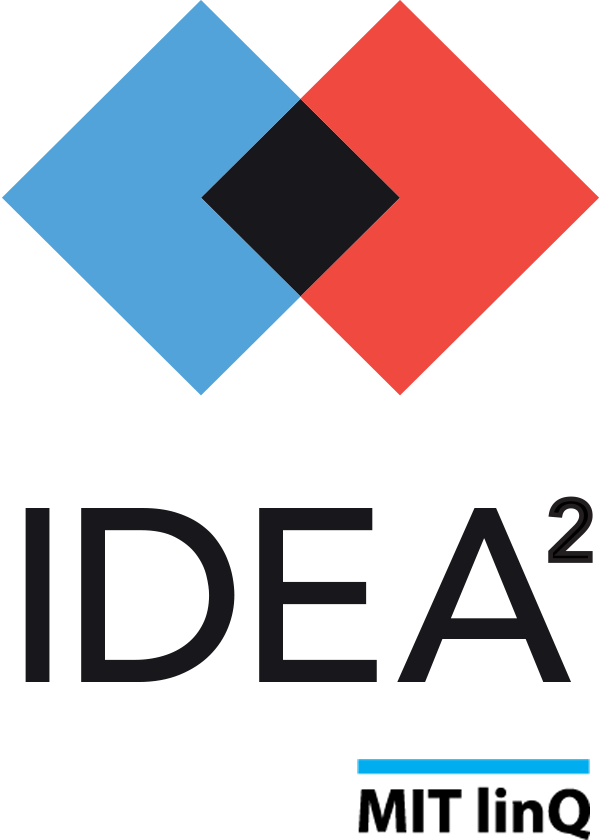2019 Team
PAT-U-PAMI
Pediatric asthma is the most common serious chronic disease in infants and children. This noncommunicable disease affects 11.1 to 11.6% of the children worldwide. It is a chronic inflammatory disease of the airways in the lungs, marked by attacks of spasm in the bronchi, causing difficulty in breathing. Due to there is no permanent solution to treat or cure childhood asthma, symptoms can just be controlled with the right treatment plan. For punctual asthma attacks, quick-relief or "rescue" medications are indicated (e.g. salbutamol). These drugs, called "short-acting bronchodilators," immediately relieve asthma symptoms that last for four to six hours. However, these medications do not prevent the symptoms from reappearing. Therefore, patients with recurrent episodes of asthma should take long-term control medication, such as inhaled corticosteroid on a daily basis. Inhalation of a corticosteroid will not be very effective in pediatrics, due to their breathing patterns and it is difficult to verify the inhalations in pediatrics. Hence, alternative medications such as omalizumab are injectable for pediatric asthma treatment. This drug targets asthma meditating key protein immunoglobulin E and removes it from free circulation in the body. Omalizumab is usually given by hypodermic injection under the skin for every two to four weeks. This hypodermic needle based delivery is known to cause pain, often children get fever due to the pain associated with hypodermic needle injection. Additionally, hypodermic injection is susceptible to human error, infection and dosage error. Hence, there is an immense demand for finding new alternative drug delivery method.
Team Lead
Vinaya Basavrajappa
Affiliation
University of Oviedo
Sponsors
International Mentoring Foundation For The Advancement Of Higher Education (IMFAHE)
Lead Mentor
Wolfgang Krull
Kickoff Workshop
Kickoff Presentation
Mad Lib
•
Workshop Comments
Assumptions
Goals
Impact Headline
Review Workshop
Pat-U-PAMI Oral Presentation
Pat-U-PAMI Presentation Worksheet
Commencement Workshop
Headline
Impact statement
Oral presentation
Presentation worksheet

